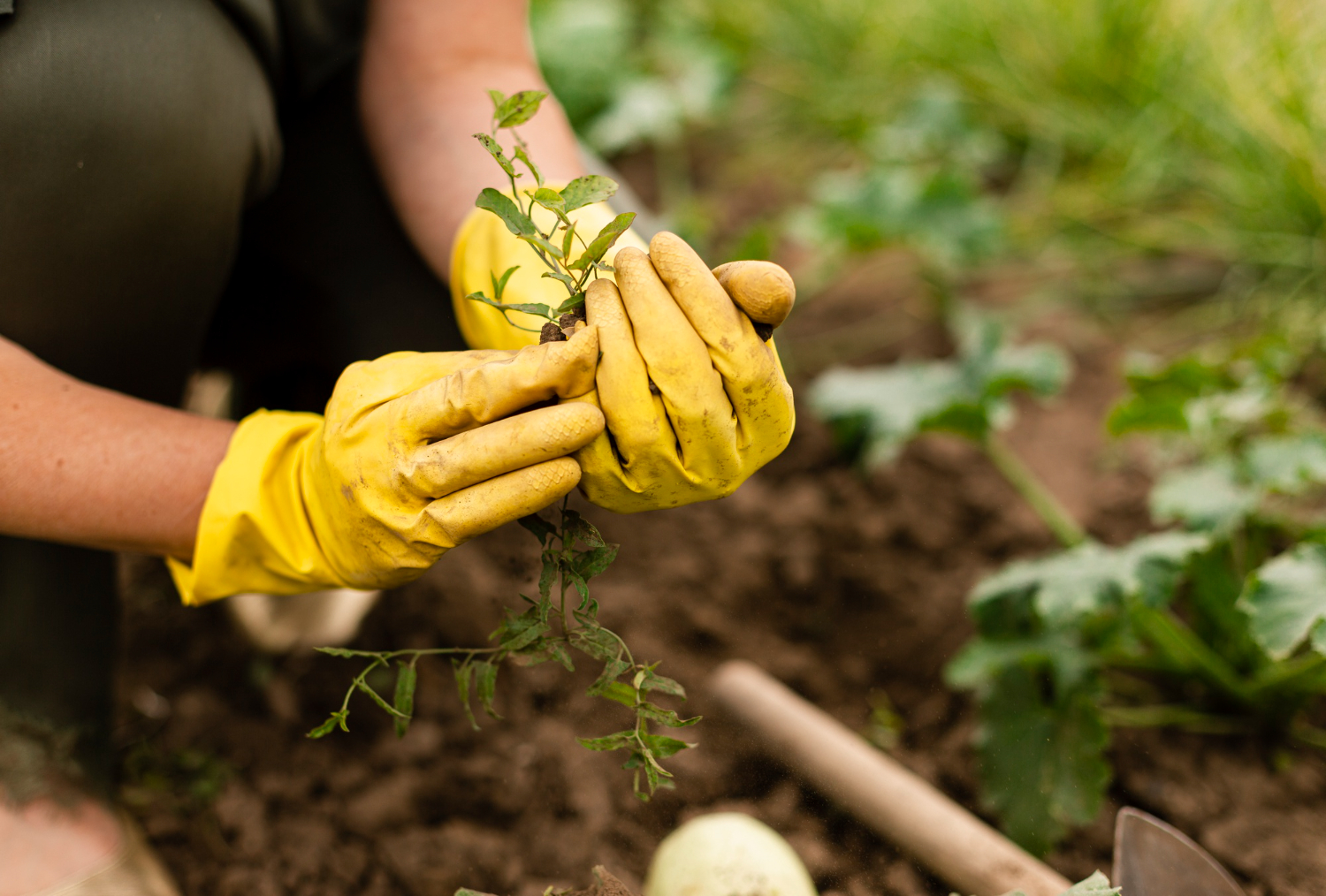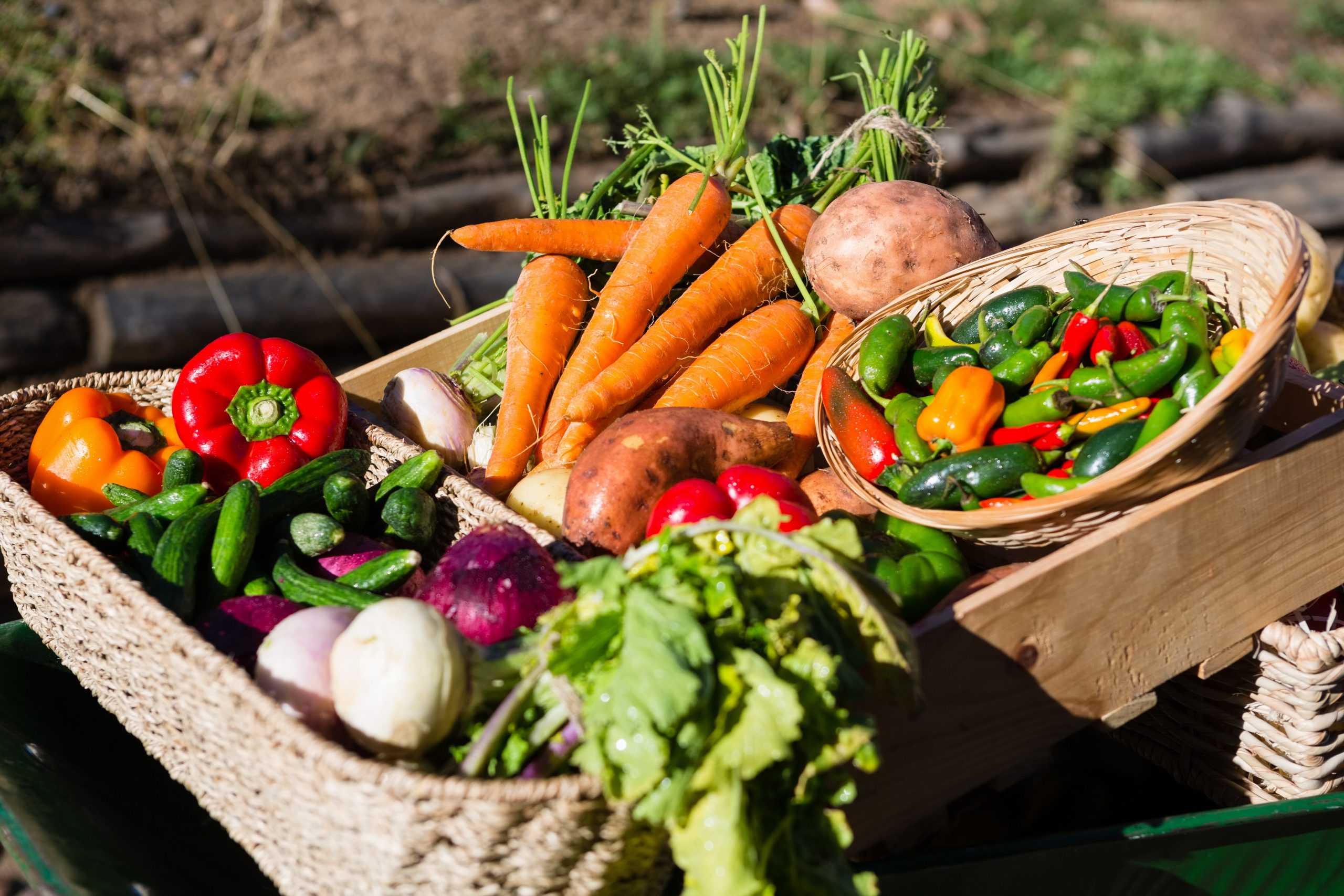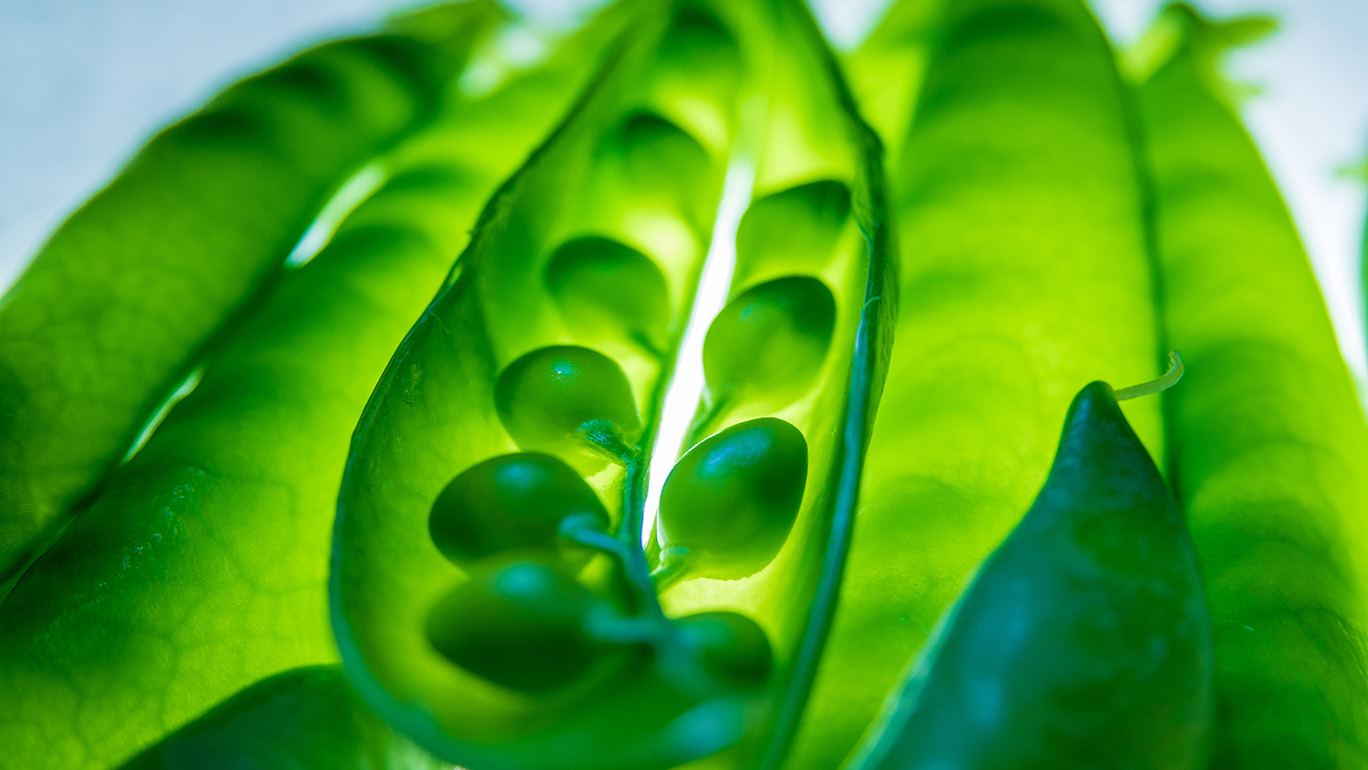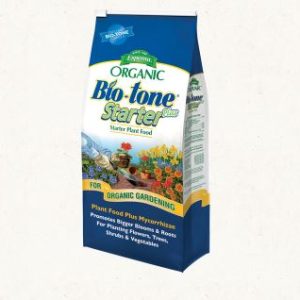Chelation: The formation of bonds between organic compounds and metals, some of which are insoluble, as in humus. Soluble chelates are used in fertilizers to help keep nutrient metals, such as iron, mobile in the soil and thus available to plants rather than locked up in insoluble mineral salts.
Chlorosis: A yellowing or blanching of the leaves due to lack of chlorophyll, nutrient deficiencies, or disease.
Cold Frame: An unheated structure usually made of wood and covered with glass or plastic. Cold frames are used to protect plants from frost and are helpful season extenders.
Companion Planting: The sowing of seeds in the garden in such a way that plants help each other grow instead of competing against each other. Visit our companion planting guide to learn more.
Compost: Completely decayed organic matter used for conditioning soil. It is dark, odorless, and rich in nutrients.
Cover Crop: Vegetation grown to protect and build the soil during an interval when the area would otherwise lie fallow.
Crop Rotation: The planting of a specific crop in a site different from the previous year.
Cutting: A vegetative method of plant propagation whereby a piece of a plant leaf, stem, root, or bud is cut from a parent plant. It is then inserted into a growing medium to form roots, thus developing a new plant.
Damping Off: Decay of young seedlings at ground level following fungal attack. Often the result of soil-borne diseases and overwatering.
Dead Heading: The act of removing spent flowers or flowerheads for aesthetics, to prolong bloom for up to several weeks or promote re-bloom, or to prevent seeding.
Deep Shade: A plant requiring less than 2 hours of dappled sun a day.
Desiccate: Cause to dry up. Insecticidal soap desiccates its victims.
Direct Seed: To seed directly into the soil instead of starting your seeds indoors.
Double Digging: A method of preparing the soil by digging a trench then putting the soil from one row into the next row.
Fertilizer: An organic or synthetic material added to the soil or the plant, that is important for its nutrient value. Want to make your own plant nutrients? We have fertilizer recipes here.
Foliar Fertilizing: A technique of feeding plants by applying liquid fertilizer directly to plant leaves.
Frost Date: This is the average expected last frost date for your area. Frost dates are important to know for your gardening zone or planting area.
Fungicides: Compounds used to prevent the spread of fungi in gardens and crops, which can cause serious damage to plants.
Germinate: The beginning of growth in seeds, the action of sprouting, budding, or shooting, above the soil. This occurs whenever a plant or seed begins to vegetate into leafy young plants. The breaking of dormancy in seeds or the sprouting of pollen grains deposited on a stigma.
Green Manure: A crop that is grown and then incorporated into the soil to increase soil fertility or organic matter content. Usually turned over into the soil a few weeks before new planting begins.
Hardening Off: The process of acclimatizing plants grown under protection, in the greenhouse for example, to cooler conditions outdoors.
Heavy Soil: A soil that contains a high proportion of clay and is poorly drained.
Humus: A fairly stable, complex group of nutrient-storing molecules created by microbes and other forces of decomposition by the conversion of organic matter. Typically its dark loamy earth.
Integrated Pest Management (IPM): A pest control strategy that uses an array of complementary methods: natural predators and parasites, pest-resistant varieties, cultural practices, biological controls, various physical techniques, and pesticides as a last resort. It is an ecological approach that can significantly reduce or eliminate the use of pesticides.
Micro-Nutrients: Some mineral elements are needed by plants in very small quantities. If the plants you are growing require specific “trace elements” and they are not getting them through the soil, they must be added.
Mulch: Any organic material, such as wood chips, grass clippings, compost, straw, or leaves that are spread over the soil surface (around plants) to hold in moisture and help control weeds.
No-Till-Gardening: This type of gardening calls for no cultivation (or tilling) of the soil after the initial tilling. In its place, regular mulches are added and plants are planted through the mulch. This saves on labor and eliminates weeds, which might germinate as a result of tilling. Click on our no-dig vegetable gardening article and learn how working less makes growing easy (and maybe better).
N-P-K: An abbreviation for the three main nutrients that have been identified as absolutely necessary for plants are nitrogen (N), phosphorus (P), and potassium (K). These three are also known as “macronutrients,” and are the source of the three numbers commonly found on fertilizer labels.
Organic: Refers to something derived from living organisms and is made up of carbon-based compounds. It is also a general term used for a type of gardening using no chemical or synthetic fertilizers or pesticides.
Organic Gardening: This method of gardening is based on building healthy, living soil through composting and using supplemental nutrients from naturally occurring deposits. The basic principle is to feed the soil so the soil will feed the plants. Healthy plants are better able to resist pests and disease thus reducing the need for control. If control is needed, cultural and mechanical methods are used first. Naturally derived pesticides are used only as a last resort.



